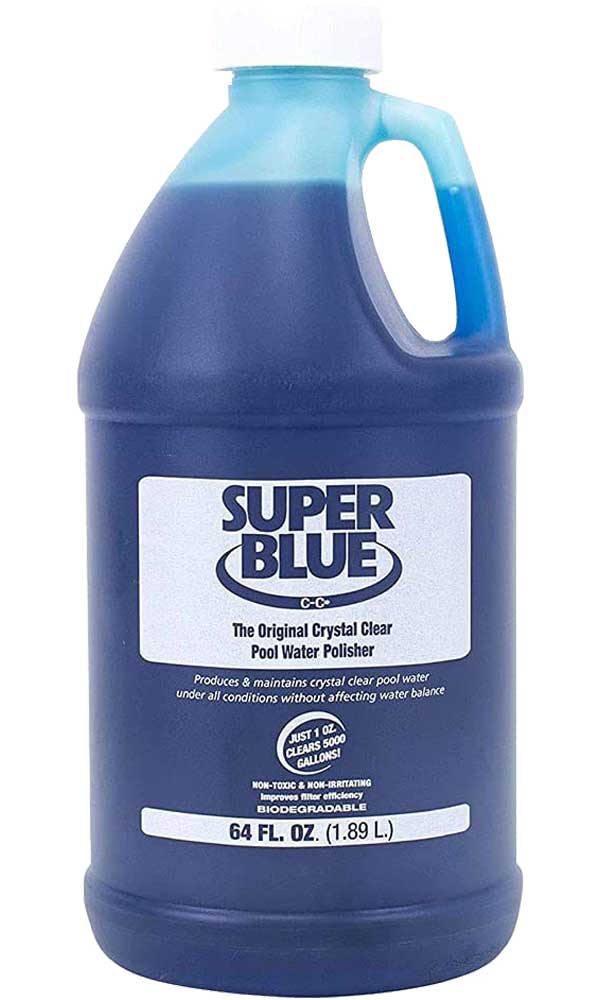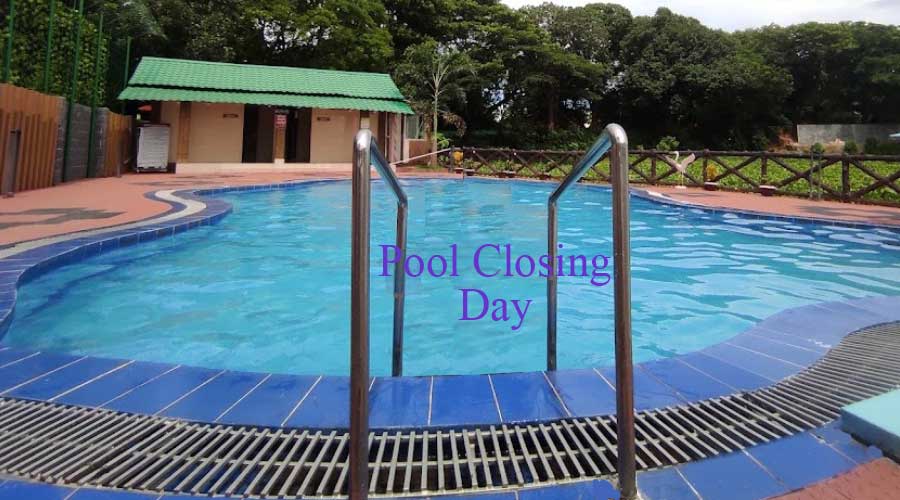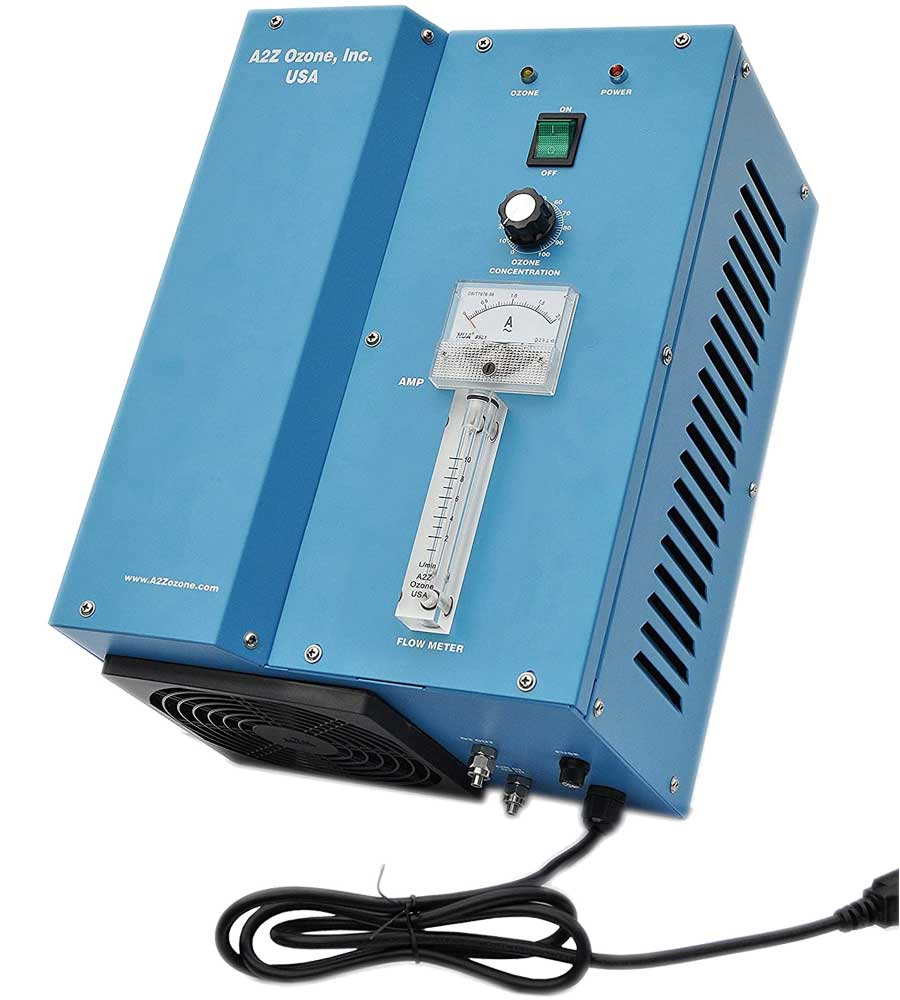Are you tired of constantly having to manually add chlorine to your above ground pool? Look no further! An automatic chlorinator is the solution you’ve been searching for. Not only does it save time and effort, but it also ensures that your pool stays properly sanitized. But with so many options on the market, how do you know which one to choose? Don’t worry – we’ve narrowed down the top choices for the best automatic chlorinator for above ground pools. Keep reading to find out which one reigns supreme!
What are automatic chlorinators?
Automatic chlorinators are a great way to keep your pool clean and healthy. They work by using an algorithm to detect the presence of harmful bacteria and oxidizer and then releasing chlorine until the levels fall below a preset threshold. This eliminates the need for you to regularly check the pool chlorine level, making it easier to enjoy your swimming pool all summer long!
What are the benefits of an automatic chlorinator?
Many people are interested in automatic chlorinators for their pools because they know that it is a very important safety feature to have. Additionally, many people believe that an automatic chlorinator will save them time and energy. Here are some of the benefits of owning an automatic chlorinator:
-It can help keep your pool clean and safe.
-It can save you time cleaning your pool.
-It can save you money on pool supplies.
How do automatic chlorinators work?
Automatic chlorinators work by using a chemical reaction to break down the chlorine in the water. This reaction creates hypochlorous acid, which is then neutralized by the pool’s salt. This process allows for continuous chlorination of the water without having to manually add chlorine.
There are a few different types of automatic chlorinators on the market, each with its own set of features and benefits. Some models use an electronic control panel, while others rely on gravity or pressure to maintain chlorine levels. Some also offer programming abilities so that you can customize pool chlorine levels based on swimming activity or weather conditions.
Overall, automatic chlorinators are a convenient way to maintain consistent pool chlorine levels without having to spend time maintaining the equipment yourself.
Which automatic chlorinator is best for me?
There are many automatic chlorinators on the market today that can be used to keep an above ground pool clean and healthy. Choosing the best automatic chlorinator for your pool depends on a few factors, including the size of the pool, the type of automatic chlorination system you have, and your budget. Here are some tips to help you choose the best automatic chlorinator for your pool:
If you have a small pool (<25 feet), an inline chlorine dispenser may be the best option for you. These units are smaller and more affordable than automated chlorine systems with pumps, and they use less electricity overall.
If you have a larger pool (25-50 feet), or if you want to use an automated chlorine system with pumps, a central automated chlorine dispenser is likely the better choice. These systems are larger and more expensive than inline systems, but they’re also more powerful and efficient. They can dispense up to 40 pounds of chlorine per day, which is enough to keep most pools clean and healthy. Central automated chlorine dispensers typically require an electrical outlet, so be sure to consider your specific needs when choosing one.
If money is no object, an all-in-one automated chlorine system with pumps may be ideal for you. These systems are very large and expensive (upwards of $10,000), but they’re capable of dispensing up to 80 pounds of chlorine per day – more than enough to keep most pools clean.
What size automatic chlorinator do I need?
When it comes to choosing the best automatic chlorinator for an above ground pool, size is definitely important. You obviously don’t want to overbuy, but you also don’t want to skimp on a necessary piece of equipment either.
So what size automatic chlorinator do you need? The most common size for an automatic chlorinator for an above ground pool is 50 gallons per hour. That’s the equivalent of 750 feet per minute. So if your pool is 10 feet wide by 25 feet long, your chlorinator should be able to handle up to 375 gallons per hour.
But if your pool is wider or longer than that, you’ll need a larger chlorinator. An automatic chlorinator that can handle 100 gallons per hour will work great for pools up to 40 feet wide by 60 feet long, and a model that can handle 150 gallons per hour will be perfect for pools up to 50 feet wide by 75 feet long.
And finally, if your pool has a lot of plants or people in it, you’ll want to get a chlorinator with a higher capacity – like one that can handle 250 or even 500 gallons per hour. That way you can keep everything clean and safe without having to refill the tank every few hours.
Conclusion
If you’re looking for an automatic chlorinator that will keep your pool clean and well-maintained, we recommend the Hayward CL110. This pump is easy to operate and has a range of features that will make keeping your pool sparkling clean a breeze.








